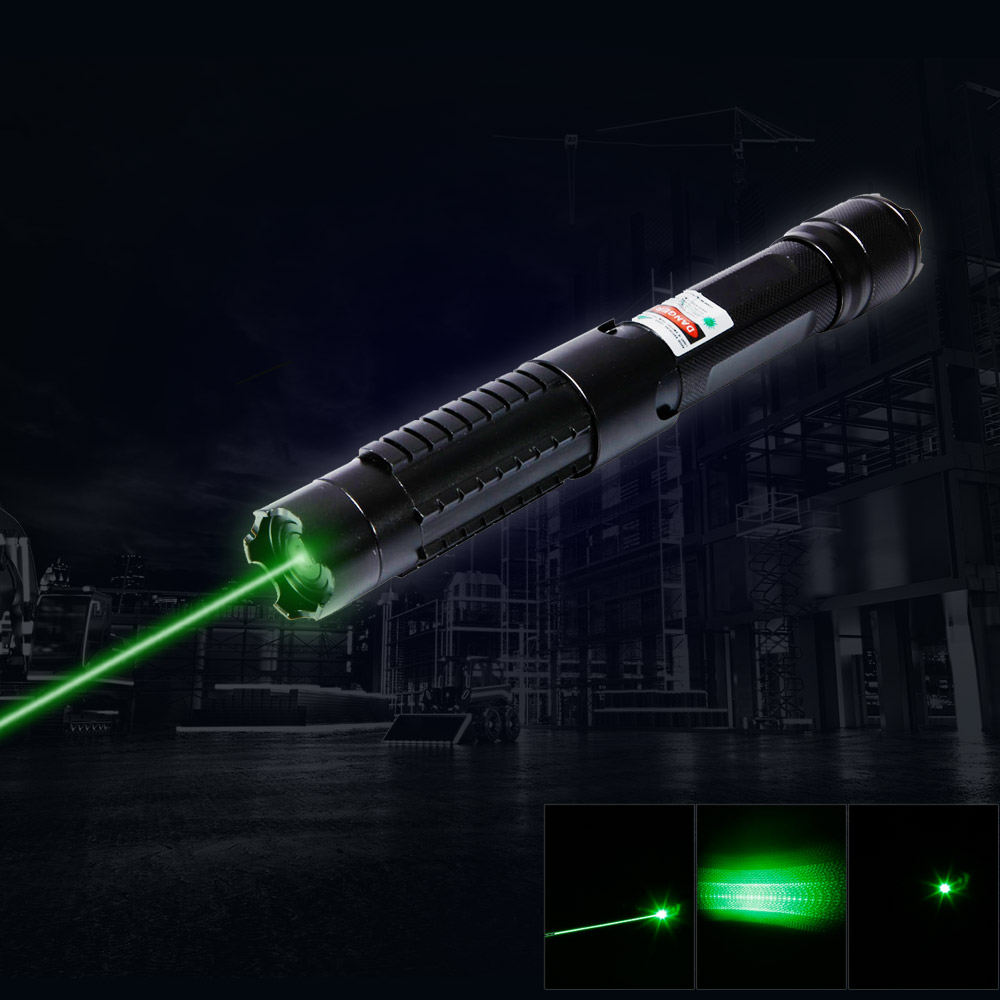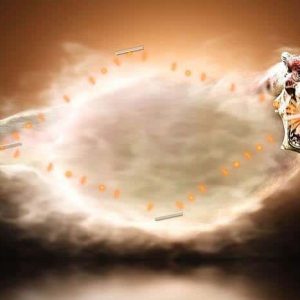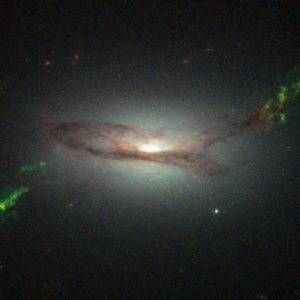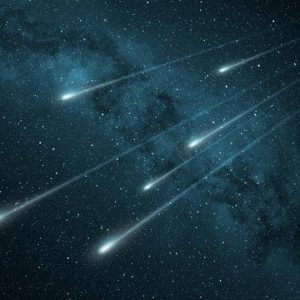Making use of the Titan supercomputer at the Oak Ridge Management Computing Facility (OLCF), a staff of scientists has calculated a elementary assets of protons and neutrons, regarded as the nucleon axial coupling, with groundbreaking precision.
Led by Andre Walker-Loud of the US Office of Energy’s (DOE’s) Lawrence Berkeley Countrywide Laboratory, the task also applied computing sources at DOE’s Lawrence Livermore Countrywide Laboratory. The OLCF is a DOE Workplace of Science Person Facility found at DOE’s Oak Ridge Countrywide Laboratory (ORNL).
By implementing lattice quantum chromodynamics (QCD)–a numerical strategy for calculating the fundamental physics of the subatomic particles that make up protons and neutrons regarded as quarks and gluons–the staff calculated the nucleon axial coupling with an unparalleled one p.c precision, indicating all their computational outcomes had been in near settlement, or reside within just a slim distribution. The outcomes also correctly matched prolonged-standing experimental outcomes.
“Lattice QCD is the only way we know how to compute houses of strongly interacting make a difference immediately from elementary concept,” Walker-Loud explained. “For about a 10 years it has been an critical predictive instrument for higher-power physics.”
Even though lattice QCD is usually utilized in the atom-smashing planet of higher-power physics wherever researchers design particles interacting within just really quick distances, it has been a a lot less workable strategy at the measurement of protons and neutrons (regarded as nucleons for their crucial purpose in forming nuclei). Rather lower-power, or nuclear, physics issues are usually modeled utilizing info-pushed, approximate approaches.

The new nucleon axial coupling calculation, printed in the journal Character, offers the investigation group with a essential benchmark for implementing lattice QCD to nuclear physics issues. Eventually, this and other calculations enabled by the team’s computational method could assist in the research for darkish make a difference and enable reply other exceptional concerns about the character of the universe.
Basic forces
Of the 4 elementary forces by which make a difference interacts, the “strong” pressure receives its identify for becoming more powerful than the other a few forces: the weak pressure, electromagnetism, and gravity.
Mainly because the robust pressure is exerted at quick distances–the room among particles in the nucleus of an atom–it is maybe not as nicely regarded as gravity or electromagnetism, which can influence make a difference at obvious scales. The robust pressure designs an atom by bringing alongside one another, initially, the quarks that make up nucleons and, next, the nucleons that make up the nucleus.
When researchers refer to the “underlying” or “fundamental” physics of nuclei, they are speaking about the robust pressure interactions of quarks and gluons, like the assets of coloration cost that influences how quarks are certain alongside one another and from which the examine of quantum “chromo”-dynamics receives its identify. Lattice QCD formulates these robust pressure interactions on a 4D grid, or lattice, symbolizing room-time. The weak pressure is also a lesser regarded but basically critical pressure in nuclear physics simply because it drives the decay and transformation of an unstable particle into other particles, contributing to the prosperous range of factors and their numerous houses.
By shifting a down quark to an up quark, a weak pressure conversation regarded as the weak axial existing drives the decay of a neutron into a proton. The nucleon axial coupling, or gA, is the energy by which the weak axial existing partners to nucleons, which are held alongside one another by the robust pressure. Motivated by both equally of these elementary forces, the nucleon axial coupling is an critical price for producing predictions about neutron decay and discovering new physics over and above the existing Normal Product of Particle Physics.
“When we chat about the chance of utilizing lattice QCD for nuclear physics versions, customers of the experimental group usually say ‘Come back again when you have gA’ simply because it is this sort of an critical benchmark amount,” Walker-Loud explained.
Neutron decay is a existing subject matter in darkish make a difference lookups, between other concerns linked to the character of make a difference. If darkish make a difference particles are produced in neutron decay, as some theories recommend, then it may well clarify the existence of darkish make a difference in the universe and provide a implies of detection.
“There is a large experimental exertion to search for new physics in nuclear physics backgrounds,” Walker-Loud explained. “Dark make a difference detection is one particular instance. Other illustrations include things like searching for slight deviations from the predicted decay sample of neutrons for which you have to be ready to compute the contributions really exactly.”
The primary purpose it is challenging to implement lattice QCD issues to lower-power nuclear physics and get this sort of exact computations, even as computing energy improves, is regarded as the “signal-to-noise” issue. Just as huge mistake bars muddle a graph, uncertainty or sound in computational outcomes complicates researchers’ initiatives to extract the sign they are looking for.
In the circumstance of nuclear physics apps, a tiny subatomic particle regarded as the pion, which mediates nucleon interactions, introduces a good deal of uncertainty in lattice QCD calculations.
“The small mass of the pion particles generates a good deal of unwelcome, statistical sound in the outcomes,” Walker-Loud explained. Decreasing the pion mass towards its actual physical price, which is small in contrast with the neutron mass, is critical to precise calculations but exacerbates the sign-to-sound issue.
Mainly because QCD is a strongly interacting concept, developing an isolated neutron from the vacuum in lattice QCD calculations is almost difficult. Rather, the neutron is at the same time developed with numerous other “excited” power states, this sort of as “breathing” or “resonating” modes of the neutron. As time progresses, these thrilled states decay absent, leaving only the least expensive power condition or “ground state” neutron. To compute houses of the neutron, this sort of as the nucleon axial coupling, these thrilled condition contributions ought to be filtered out. Ironically, as the thrilled states decay absent later on, the sign-to-sound issue improves.
Making use of standard lattice QCD approaches, calculating the nucleon axial coupling can be a no-get scenario. Mainly because of these and other computational issues, the investigation group predicted that computing the nucleon axial coupling with a complete uncertainty of two p.c would consider a pair additional many years and demand up coming-era supercomputers.
“For us to do it with one p.c uncertainty necessary us to acquire new suggestions,” Walker-Loud explained. “We have to carry on to acquire new methods for computing that can speed up the total software of lattice QCD to nuclear physics.”
Turning down the sound
The team’s enhanced computational method decreased the sum of statistical sampling required for an precise reply, and GPUs accelerated the subsequent computations.
“We applied about a issue of 10 less samples than earlier initiatives,” Walker-Loud explained. “The most computationally high-priced calculations could only be executed on Titan, which enabled us to do our calculations about 100 instances quicker than we would have been ready to do so in any other case.”
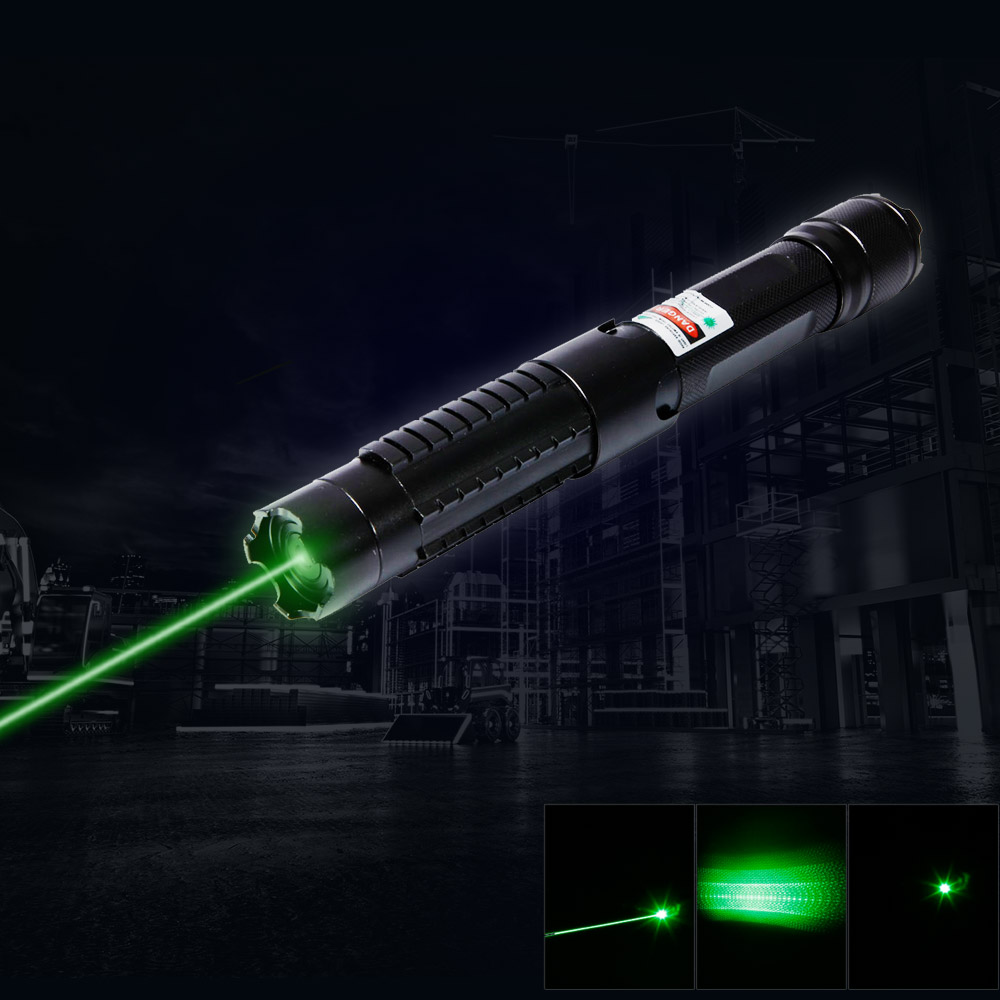
To decrease the sign-to-sound issue, the team’s enhanced strategy initially averaged the conversation of the weak axial existing throughout numerous factors in time as a neutron decays to a proton, as opposed to picking out one particular conversation time as in earlier approaches. Next, the strategy filtered out thrilled condition info, offering the staff additional regulate more than uncertainty and enabling obtain to the sign before in the simulation time when the info is most exact.
“This was an powerful two-and-a-50 percent-12 months task that only arrived alongside one another simply because of the excellent staff of men and women doing work on it,” Walker-Loud explained.
The good results of the task also relied on publicly offered QCD configurations (which enable scientists to design how particles shift on the lattice) from the MIMD Lattice Computation Collaboration the lattice QCD code Chroma designed by USQCD and QUDA, the lattice QCD library for NVIDIA GPU-accelerated compute nodes.
Walker-Loud explained the info from Titan will enable the staff to resolve other physics issues by minimizing the supercomputing expense of these extra outcomes. The staff also ideas to go after an even additional exact calculation of the nucleon axial coupling on up coming-era supercomputers, which could enable take care of high-quality-grained discrepancies in current experimental outcomes and give experimentalists searching for corrections to the Normal Product with additional slim research parameters.

